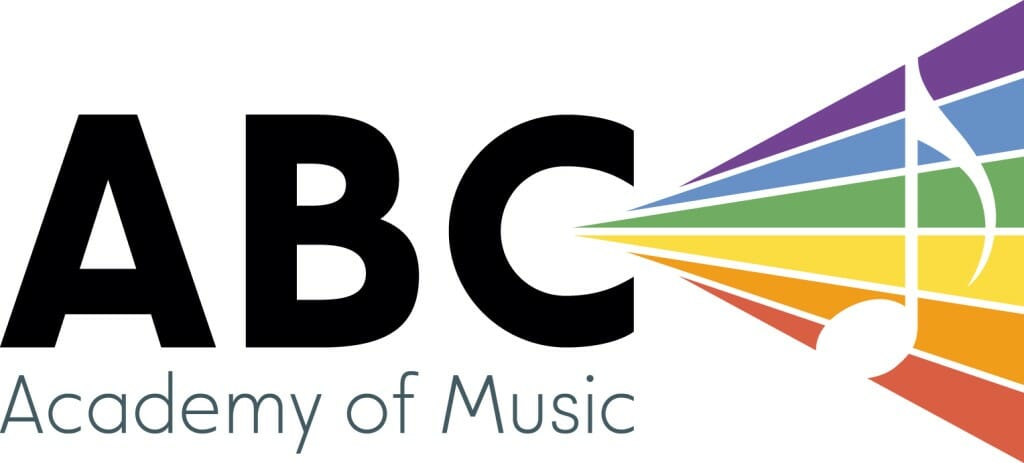Shifting exercise
- when landing on the shift, think of dropping the arm weight, don’t let your fingers flatten or buckle
- remember on the A string your left elbow will come closer to your body
G major 2 octaves
- even when doing one notes per bow, make sure it’s slow and from tip to frog
- try adding more than one note per bow if you feel comfortable going faster. Listen for tone and clarity of sound. The sound shouldn’t be wispy
- keep working with drones
- practice hiding your shift in the slur by gliding the finger/left hand along the string without touching the fingerboard. Raise left elbow before the shift.
- practice the shift with a metronome so you make sure you’re landing in time after the shift
- work on string crossing coordination with the bow. make sure left hand is downall the way before bowing
Keep working on D major
Elephant Waltz
- practice with G drone
- careful to not flatten fingers when switching between strings
- bring hand more compressed in higher positions
- check 4th finger D and fourth finger G with corresponding open strings
Tired Tortoise
- similar notes to elephant waltz regarding left hand, fingers and making the position smaller in higher position
- shift further back in 1st position
- work on adding the bow: string crossings! Practice as double stops, and rhythms. Think of the elbow anticipating the next string. Your elbow will trace a figure eight in the air.
- repeat the string crossing bar in the rhythm
- second half is softer and more in the string
- practice just A and D string crossings and try to make it sound as smooth as possible.
Minuet No. 2 (also in C)
- c drone. lower octave C and higher octave C should match
- the tendency is to be sharp. Check with open C string
- Great triplet! Loved the dynamics while pizzing.
- (second triplet was a little rushed) – practice singing it with correct rhythm
- subdivide long notes
- start addinig bow. make sure it’s sustained and connected
